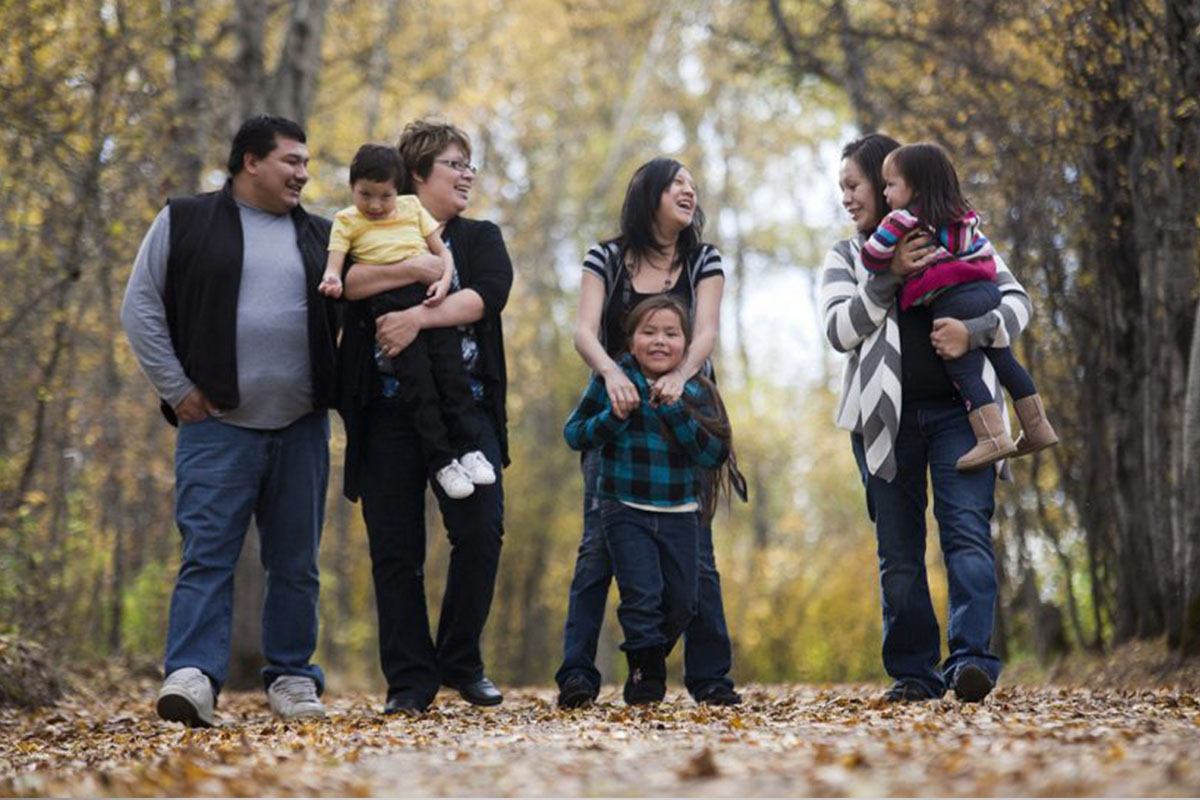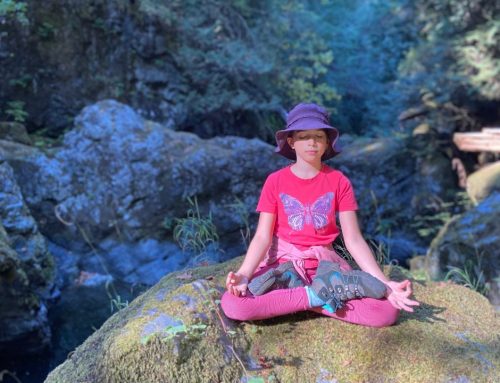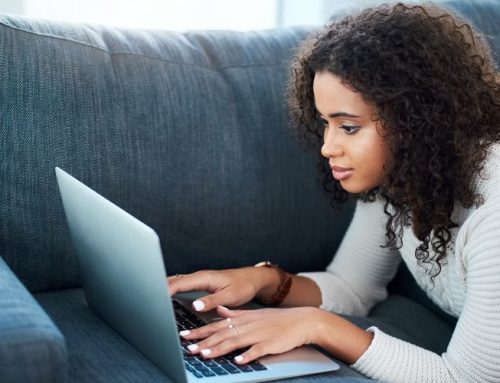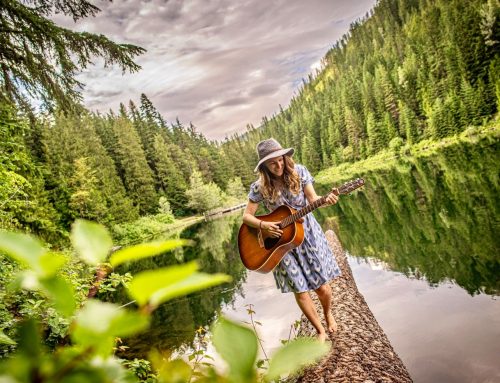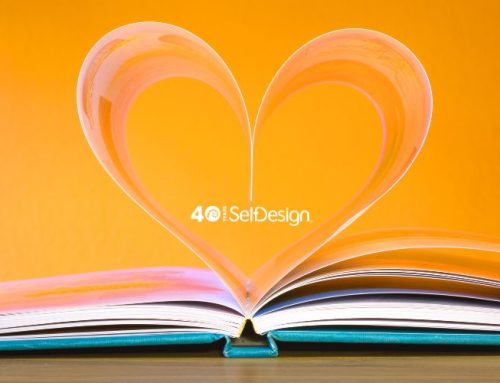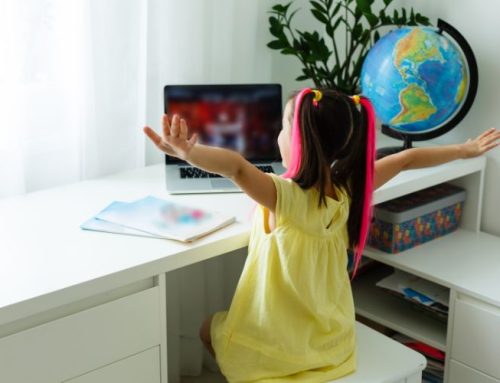SelfDesign seeks to integrate Indigenous culture and perspectives into the everyday learning experience
In recognition that reconciliation will be one of the most important challenges facing today’s learners in the years to come, SelfDesign seeks to integrate Indigenous culture and values throughout its own practice. The similarities and alignment between SelfDesign’s philosophy and inclusive, supportive approach to learning and the First People’s Principles of Learning facilitate that process.
“It’s not a huge ask within the SelfDesign community to say, ‘Let’s make a theme-based camp approach that talks about our connection to the land,’” says SelfDesign Indigenous Education Facilitator Patricia Collins. “I can talk about the ancestors and the need for acknowledgement and the need for family integration when it comes to a young person’s learning – it doesn’t take place in isolation – and everyone here is like, ‘Yup, totally!’”
As a SelfDesign educator herself, Patricia supports SelfDesign’s Indigenous learners and families in accessing learning resources and connections that reflect their cultures and traditions in both urban and rural settings. She further assists in presenting opportunities for Indigenous youth, potential funding sources, cultural grants and scholarships and other supports available through SelfDesign’s Family Services to ensure their learning journeys are successful.
Patricia continues the work to integrate reconciliation and aspects of Indigenous education into every facet of learning at SelfDesign Learning Community. This includes booking guest speakers to present on topics and issues affecting cultural and Indigenous awareness. She hosts regional community cultural opportunities for Indigenous and Non-Indigenous learners, online experiences, and seasonal Indigenous family sharing circles – all of which provide opportunities to build shared understanding and foster a vibrant, inclusive, diverse SelfDesign community that includes Indigenous cultures and perspectives. She started SelfDesign’s monthly Voices Indigenous Film & Book Club for learners and educators. She arranges for First Nations elders and knowledge keepers to share their knowledge and traditions during SelfDesign’s Cultural Explorations – hands-on day trips that explore sweetgrass traditions, drum making, bead work and other cultural practices. She works with SelfDesign’s camps and events teams to ensure each of those events reflect the perspectives of Indigenous communities in B.C.
She also works closely with SelfDesign’s Learning Experience librarian and with the school’s curriculum team. This helps to ensure our learners have access to high-quality learning experiences with strong, authentic Indigenous content and that our educational programs consider and include First People ways of seeing and being. It also helps to ensure that learners, families and educators who identify as Indigenous have the opportunity to see themselves and their own cultures and traditions reflected in their learning experiences.
But she acknowledges that the vast cultural diversity among the province’s Indigenous peoples makes it difficult to ensure that SelfDesign learners and educators have opportunities to learn about the full extent and richness of those cultures and traditions in specific areas. It also makes it difficult to ensure SelfDesign Indigenous learners, families and educators have access to opportunities and resources that reflect the traditions and perspectives of their own communities.
That diversity – and the vast geography of B.C. – present both challenges and great opportunities.
“The change in our programming to integrate Indigenous culture and perspectives into the everyday learning experience is fairly new,” Patricia says, “ and many of the learners and families who self-identify as Indigenous want to see more of themselves and of their culture in what we do. They see us moving towards it, but there’s still a lot to do.”
She says that, ultimately, “Our vision is for the learning community to be in a space where Indigenous education and mainstream education are integrated and woven together so seamlessly that you can’t separate the two. Wouldn’t it be fantastic to reach the point when a young person looks at a challenge and automatically considers the Turtle Island Indigenous perspective as well as the national or international perspective, and has access to fully integrated resources to help them learn more?”
This article the fourth instalment of a series about reconciliation and Indigenous learning at SelfDesign. To read other articles in this series, see:

